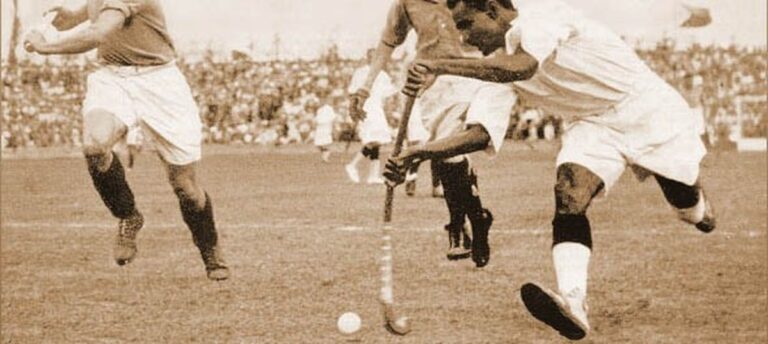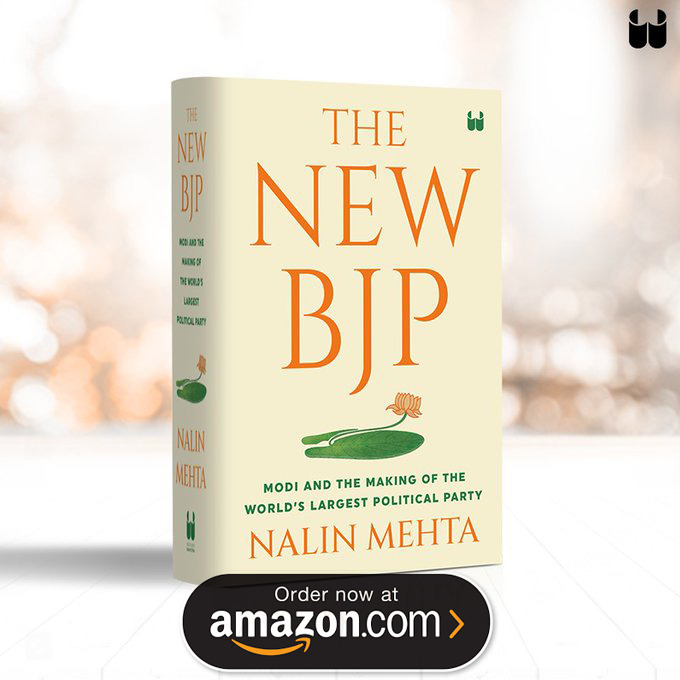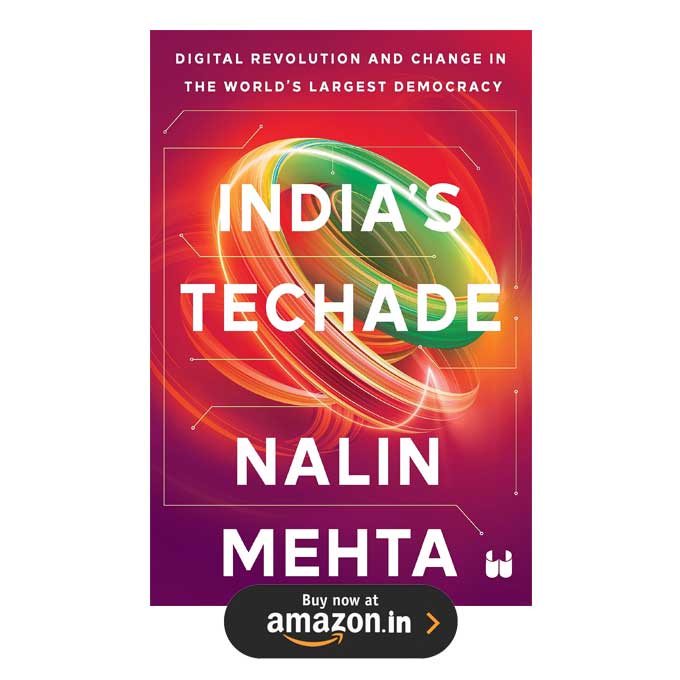What explains India’s superiority in hockey for a period of some thirty years starting from 1928?
When I read that an exhibition on Dhyan Chand was to be organised in Berlin on the 80th anniversary of his team’s Olympic-gold-winning performance in that city, my thoughts turned hockey-wards. Indeed, as the Rio games approach, it’s a good time to revisit the history of Indian hockey at the Olympics.
Two recent books provide rich accounts of the story: Boria Majumdar and Nalin Mehta’s Olympics: The India Story, and Ronojoy Sen’s Nation at Play: A History of Sport in India. These accounts, based on newspaper reports, archival sources and memoirs by Dhyan Chand and MN Masood, another member of his 1936 team, depict the chaotic yet exhilarating early years of Indian hockey at the Olympics.
The story begins with the establishment of hockey clubs across the subcontinent by the early twentieth century, especially in Calcutta and Bombay. After some earlier efforts, an Indian Hockey Federation was finally formed in 1925, and by the next year it had sent a pan-Indian team on a tour of New Zealand. Dhyan Chand, who made an first impression abroad for the first time on this tour, was then a subaltern in the British Indian army.
In fact hockey, as Sen argues in his book, appealed to a different class of Indian residents than cricket did. It was not so much the sahib, the officer or the nawab who played hockey as it was the middle-ranking government employee, more often than not an Anglo-Indian. Moral and financial support was clearly forthcoming from colonial officialdom and the Indian princes.
Christian missionary schools and colleges played a key role in fostering the growth of the game, as is obvious from a list of the winners of the Beighton Cup, the premier domestic tournament held each year in Calcutta. Nevertheless, despite its wide base in India at the club level, hockey was already, in the 1930s, a poor cousin to cricket when it came to media attention.
Conquering Amsterdam and Los Angeles
For the 1928 Olympics, an Indian team was selected after an inter-provincial tournament in Calcutta, while a handful of Indians then in England were added to the squad. Among them was Jaipal Singh of Bihar (later to become an Adivasi leader), whose education at Oxford was being sponsored by missionaries. Jaipal was named captain of the team, perhaps partly owing to his urbane credentials (rather like Vizzy at cricket, though by all accounts Jaipal was, unlike the Maharajkumar, a fine player).
The team was very successful, easily vanquishing opponents in practice matches in England before the Amsterdam Games. At Amsterdam, the Indian team beat Austria, Belgium, Denmark and Switzerland before winning the final 3-0 against Holland. For reasons never made clear, Jaipal Singh did not play the semi-finals and finals, and India took gold under the leadership of the Punjabi Anglo-Indian railwayman, Eric Penniger.
The 1932 sojourn to Los Angeles was a muted affair. In the throes of the Great Depression, the European teams all pulled out, and it was left to India, Japan, and hockey novices United States to make up the numbers. The Indians, under Lal Shah Bokhari, won easily, perhaps expending most effort in the exhibition games they had to play on their onward and return journeys to raise money for their trip.
All guns blazing in Berlin
By the time of the 1936 campaign, Dhyan Chand’s genius had become too obvious for him not to be named captain. The stakes were high. The Indian team represented a part of the British Empire at what would come to be known as Hitler’s Games. They also had a reputation to defend, and had received a scare after losing their first practice matches in India and Germany respectively.
Replacements were called for, strategy reworked, and the Indians got back to their winning ways, beating Hungary 4-0, the United States 7-0 and Japan 9-0 before outclassing France 10-0 in the semifinals. In a rain-affected final against Germany, Dhyan Chand famously exchanged his stockings and studs for rubber-soled shoes, and India, despite conceding its only goal in the Olympics, scored eight times. The story of the Indians in Berlin has, over time, acquired a patina of drama, and is told in terms that mirror the tale of Jesse Owens and the Führer.
A legend (albeit of doubtful veracity) survives, according to which Hitler offered to make Dhyan Chand an officer in his army; the hockey maestro replied that he was happy in his country. At the opening ceremony, the Indians did not accord Hitler the customary salute. While Majumdar and Mehta see this as a concerted anti-fascist gesture, Sen says that there’s nothing to show that it was a conscious decision. Indeed, given Masood’s generally admiring account of their German hosts and the fact that several members of the team tried to get autographs with Goebbels and Goering, it is unlikely that the gesture was a political one.
Behind the domination
For anyone interested in the social history of sport, an important question emerges from this narrative. What explains India’s superiority in hockey for a period of some thirty years starting from 1928? How did a country that was not yet independent, and was an also-ran in most other sports, dominate one modern sport so thoroughly? Was it because Indians had been playing forms of hockey longer than anyone else?
Hockey, some argue, probably had some connection with polo, which has a long history in India: the death of Qutb-ud-din Aibak of the Delhi Sultanate eight centuries ago is attributed to injuries sustained while playing polo. Yet most sources indicate that field hockey was standardised in its modern version in Britain, and institutionalised in India by the British Indian army; so Indians had not been playing modern hockey very long before they became an Olympic force. Crucially, no team from Britain took part in the Olympics hockey event in the years 1928-36.
Had there been one, would it have been strong enough to challenge the Indian team? Probably not, given the Indians’ convincing victories in informal games in Britain on the 1928 tour. Further, hockey had been re-included in the Olympics (after being omitted in 1924) at the behest of the recently established Indian Hockey Federation. This suggests that the Indian sports authorities of the time knew that India had a good chance of winning.
Majumdar and Mehta put forth an answer to the question of why India was dominant. They say that India’s hockey players enjoyed a special team spirit, rose above divisions of caste and class, and were backed by a united administration.
While this may throw light on why Indians performed better at hockey than at football and cricket (which did not enjoy the same advantages), it does not explain why they were so utterly dominant in comparison to other nations. Is it the case that potential competitors were less experienced in playing the game? If so, how and when had those countries begun to play hockey?
The answer to this question requires a comparative history of hockey in multiple countries, and would, I think, make a wonderful research topic for a sports scholar.
Aparajith Ramnath is a sports enthusiast and a historian teaching at IIM Kozhikode.


